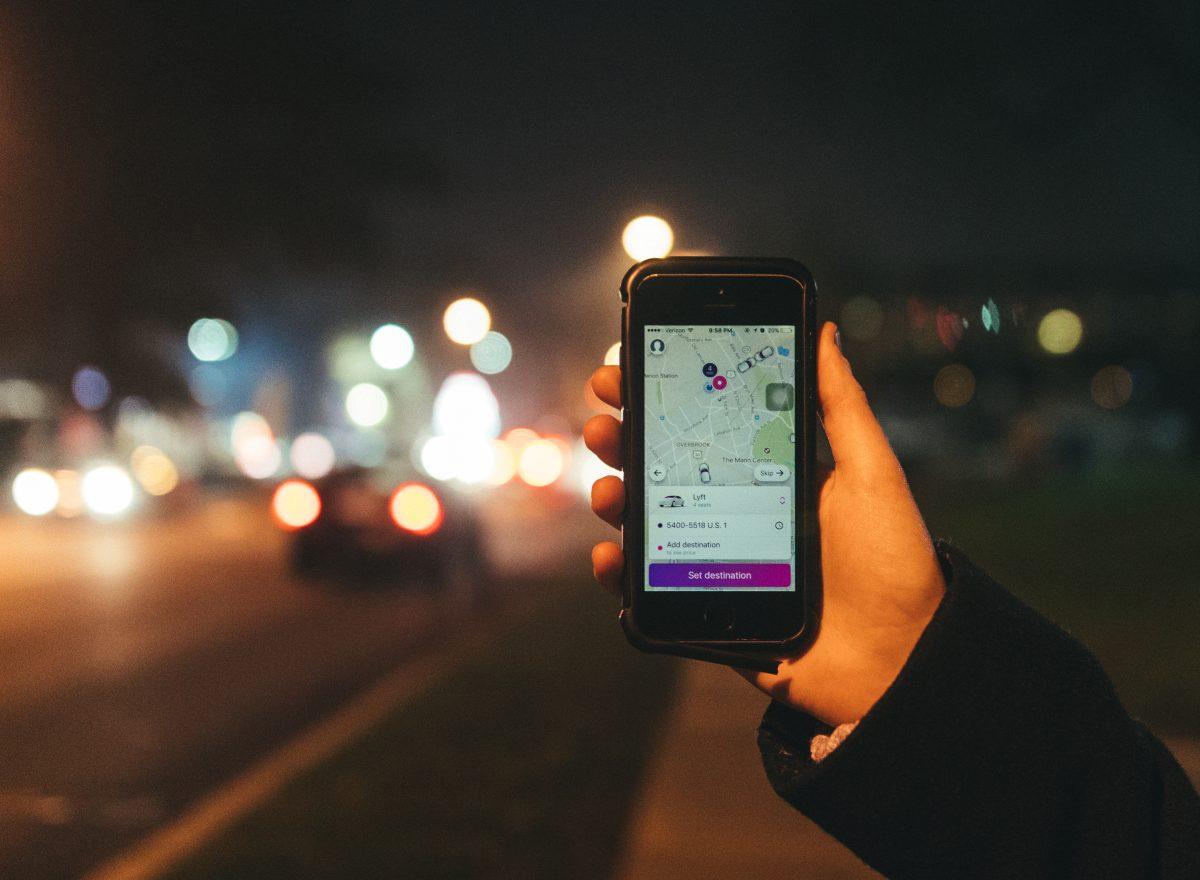Getting a driver’s license later in life
When Taicha Morin ’20 turned 16 and was first eligible to get a driver’s license in her home state of New York, she immediately opted against getting one.
Three years later, at age 19, Morin still doesn’t have her license. For one, she finds it easier to get around her hometown, the New York City borough of Brooklyn, without a car. During high school, when she first could have applied for a learner’s permit, she said she had more important decisions to make, like where she was going to attend college. Then there were the expenses: the license, the car, the insurance. Throw in the potential of a car accident, and she’s not rushing to get one anytime soon.
“I’m paranoid about getting in an accident,” Morin said. “I’ve seen some pretty bad car crashes, and it’s made me afraid to drive.”
Morin is not alone. A recent study conducted by the Society for Research in Child Development on “The Decline in Adult Activities Among U.S. Adolescents” found that 71.67 percent of eligible teens had their license at the end of 2016. That’s down from 83 percent of eligible teens with licenses in 2006 and 85 percent in 1996.
Julian Palermo ’20 only recently decided to get his license in order to travel to and from his current job. Prior to this decision, he held off getting his license as he attended a private boarding school in Massachusetts.
“My high school didn’t allow us to park our cars on campus, so there was no need for me to drive during the school year,” Palermo said.
There are many reasons why young adults like Morin and Palermo are now delaying what was previously known as a crucial milestone or “rite of passage” into adulthood. Understanding why this decline has occurred is not simple, though, according to Greg Nicholls, Ph.D., director of Counseling and Psychological Services (CAPS).
“I think there are a couple of different parts to it,” Nicholls said. “I certainly think parenting has something to do with it. I think parents are more protective of their children. People feel there’s more danger out there, whether that’s real or not.”
Smartphones and on-demand transportation apps also allow many teens to access rides when they need them.
“With Uber and Lyft available, who needs a license and car when you can pay someone to drive you around?” Morin said.
Morin’s question echoes what Tia Noelle Pratt, Ph.D., visiting instructor of sociology, finds to be a contributing factor to the decline of teen drivers as well.
“The availability, even ubiquity, of these services decreases the need for having a driver’s license and a car for getting around,” Pratt said.
Plus, Pratt added, with the cost of cars and insurance, “adulting is very expensive.”
In his book “What Insurance Companies Don’t Want You to Know: An Insider Shows You How to Win at Insurance,” Todd Erkis, visiting professor of finance, mentions the expense of “adulting” as it relates to young adults and car insurance.
“Younger drivers are relatively inexperienced and are likely to get into more accidents,” Erkis said. “Insurance companies have to charge teen drivers higher premiums to account for this.”
For example, teen drivers who are accident-free can pay between $1,200 and $1,400 per year for car insurance, and that’s factoring in a decent GPA as well.
For teens who do put off getting a license, it still feels like a rite of passage when they finally do, even if that rite of passage is pushed later into their teens and twenties.
Lauren Browning ’19 finally got her license at the end of her first year at St. Joe’s.
“Once you get it, you feel so much more independent,” Browning said. “It’s like a breakthrough to adult life.”














































